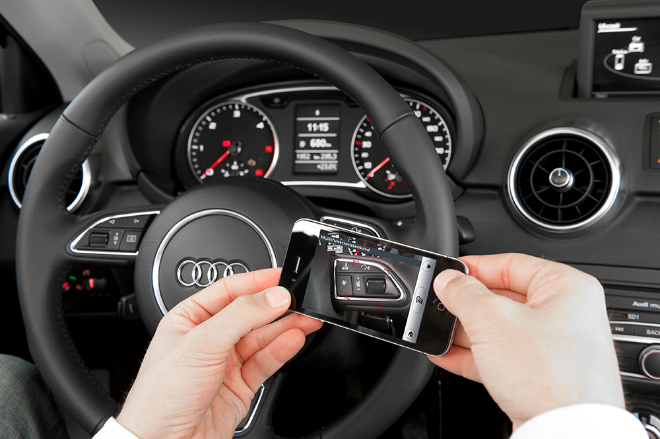Low clearance underpasses for small robocars
Submitted by brad on Wed, 2016-02-03 17:18I recently read a report of a plan for a new type of intersection being developed in Malaysia, and I felt it had some interesting applications for robocars.
The idea behind the intersection is that you have a traditional intersection, but dig in one or both directions, a special underpass which is both shallow and narrow. One would typically imagine this underpass as being 2 vehicles wide in the center of the road but other options are possible. The underpass might be very shallow, perhaps just 4 to 5 feet high.




